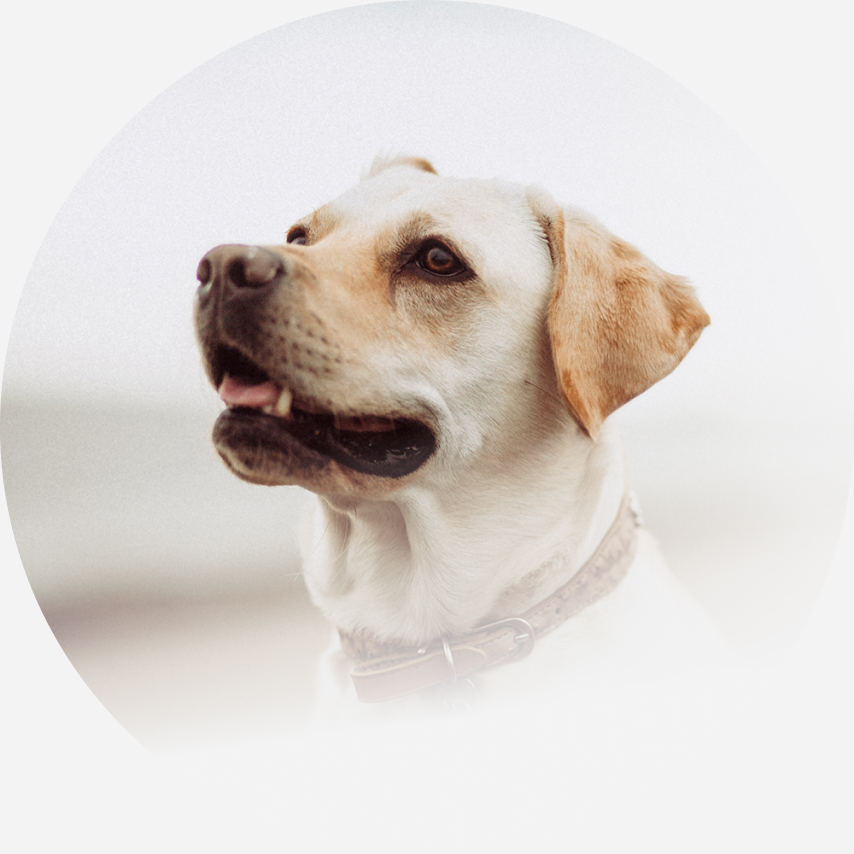Wildlife Tagging and Marking
SPCA advocates that methods of tagging and marking wild animals minimise the welfare impacts.
The potential welfare impact of methods of tagging and marking wildlife must be factored into the choice of which option to use for that species and life stage. This includes impacts of the weight and design of devices on behaviours such as migration or parenting, increased risk of predation, or interference with the ability to obtain food due to increased visibility due to the device or marking.
SPCA supports using least invasive marking methods, such as painting or hair clipping to identify individual animals.
SPCA opposes the use of tagging or marking wild animals where they are at risk of severe welfare harm, including collaring animals that are still growing, surgical implants, tissue removal or tattooing without anaesthesia and analgesia, and branding. Where invasive methods are used, steps must be taken to minimise pain and distress and reduce the risk of infection.
Tagging and marking devices should be subjected to a welfare assessment where the benefits of the device outweigh the potential harms to the animal and dependent offspring. There must also be clear objectives for attaching the device or marking the animal, methods of monitoring the device, and retrieving the device once it is no longer needed. The impacts of the capture and handling of animals to tag or mark should be considered in welfare assessment. Welfare impacts to the animal should be considered when determining the use of devices that require recapture and retrieval or ones that will fall off the animal over time.





